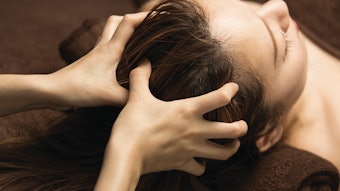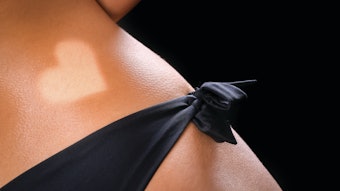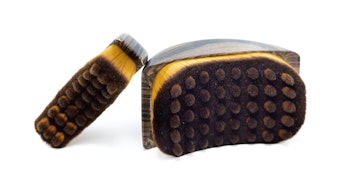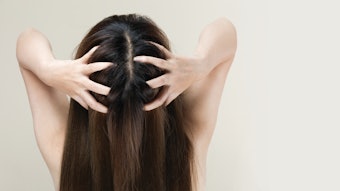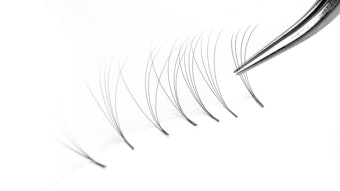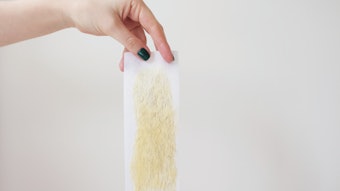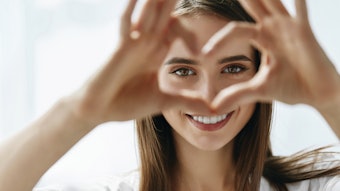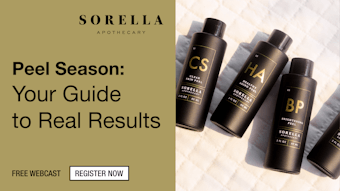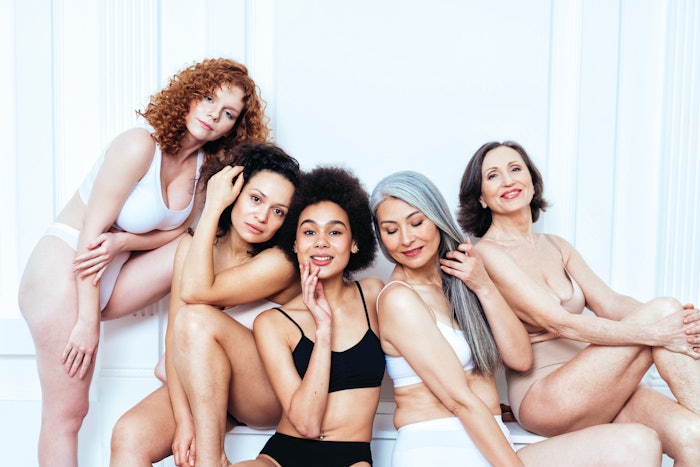
We live in a world where we slather ourselves in more anti-aging creams than a baker slathers croissants with butter. It’s both hilarious and absurd to think we can outsmart "father time." We juggle yoga classes, kale smoothies and the latest in “miracle” serums and treatments while desperately Googling “how to reverse the aging process” as if the fountain of youth is just a click away. Spoiler alert: it’s not. At the end of the day, we’re all just aging like fine wine-getting a bit corked, maybe a little fruity but ultimately heading towards vintage status where hopefully we can finally accept that a good laugh line is just a sign of a life well lived.
But how did we get here? When did we begin to fear aging? Culturally, we have always had an obsession with youth and beauty. Influenced by societal standards that equate youthfulness with attractiveness and desirability, cosmetic companies have always in some way marketed products promising to make you more beautiful and desirable. But was it always so blatant?
The Start: Attracting The Opposite Sex
In 1948, Helena Rubenstein launched the first hormone anti-aging skincare cream with an ad that said ” How long has it been since he said I love you?” This led women to believe that if your husband isn’t interested, you must certainly try this face cream to get his attention back in your direction. This type of marketing reflected the times when most women were homemakers.
Women Empowerment
With the boom of women’s liberation in the 1970s, there was big backlash on this type of marketing and brands switched their marketing to reflect the times and showed images of women in business suits and boardroom CEO vibes. The perfume Enjoli featured a strong independent woman who could bring home the bacon and fry it up in pan! Women empowerment was the way advertisers sold beauty products in the 1970s.
The Fight Against Aging
The term anti-aging really took off in the late 1980s and early 90s, as baby boomers began showing signs of aging. You began to see major brands use big name celebrities to market their age-defying creams and wrinkle prevention serums. This generation of women wanted to “fight” aging every step of the way, and day spas became big business as women would spend the whole day indulging in facials and body treatments to rejuvenate and turn back time. Big brands took notice and began the anti-aging fear mongering marketing empire as we know it today. It was in the early 2000’s when the med-spa industry began to really take off as well. The anti-aging global market accounted for 73 Billion this year alone and is expected to reach 140.9 Billion by 2034. But there is a change on the horizon believe it or not. “
Hello Pro Aging
To age is to live! Women of today are demanding changes and have begun petitioning big brands to remove the term ANTI-AGING from their marketing. We are beginning to see older women featured in beauty advertisements more than ever before. Women are looking for transparency in skin care and makeup brands, and there is a growing awareness and acceptance of aging as a natural process. Allure magazine has made a commitment to not use that term, which was a huge milestone.
Aging In Esthetics
What does this mean for the esthetician and the professional skin care industry? As estheticians and spa professionals, we need to be ahead of the curve and leading the way. Skincare should always be about skin health first. As licensed professionals, we should be the ones leading this charge. We hold the power in our hands...literally.
We must take a step back and think of the psychological effects the terms anti-aging has on our clients. It can evoke feelings of inadequacy, and it reinforces the ageism and beauty norms that prioritize youth over health. By shifting your mindset and your menu, you can begin to make an impactful change for the better.
Skin care professionals should strive to help each client with overall skin condition and vitality, focusing on long term benefits versus short term fixes. Healthy skin is glowing skin, and this looks great at any age. Let’s focus on alternative language for treatment menus:
Here are some terms to consider removing, as they all mean anti-aging.
Age Reversal, Youth Elixir, Reverse Aging, Age Defying, Age Management, Age Prevention, Youth Enhancing, Age Rescue, Age Resistant, Age Rejuvenating, Age Correction
Consider using these instead.
Age Honoring, Skin Loving, Age Radiance, Skin Boosting, Skin health, Radiant Glow.
I also suggest removing all terms that have to do with age and make your focus on skin health, after all, that is the role of an esthetician, isn’t it? Skin health and vitality. We should be highlighting the importance of a healthy skin barrier, increasing hydration and glow over tightening and firming. In your treatment descriptions, focus on ingredients and their benefits for skin health (e.g., antioxidants and vitamins).
Use positive language that promotes self-care and wellness. “Aging is another word for living.” Be mindful during your consultations and encourage discussions around skin goals rather than age. Use empowering language that focuses on individual skin journeys. I hope this gave you food for thought, and you might consider moving away from the anti-aging rhetoric in your practice. I call on all estheticians to be willing to contribute to a more inclusive and positive beauty narrative. Your future self will thank you,



